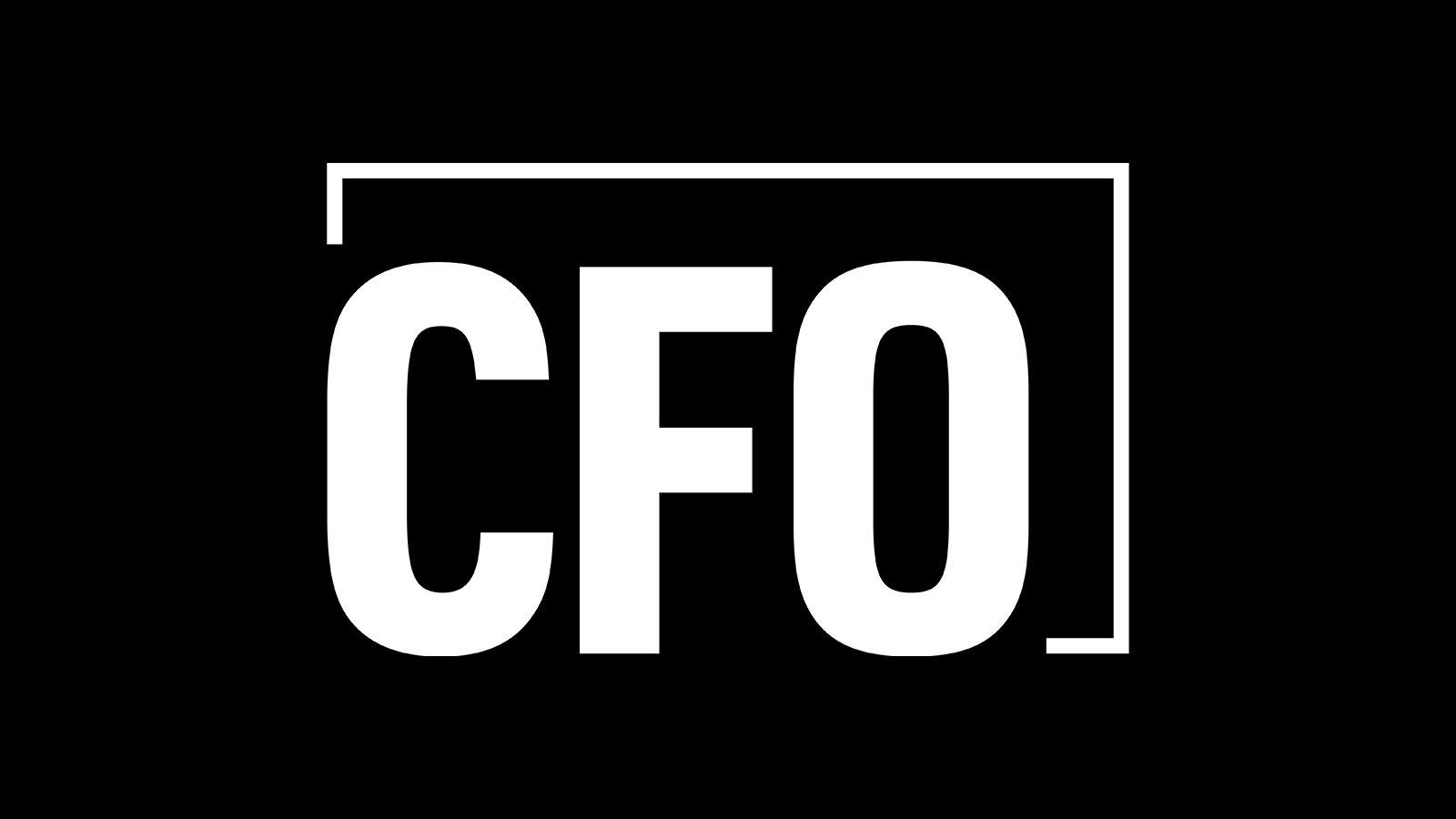Originally published in CFO Magazine
Collaboration with HR leaders clarifies how talent acquisition strategies affect financial performance, guiding smart resource allocation and decision-making.
Most companies recognize the strategic, operational, and financial impact of talent acquisition. However, the level of satisfaction in the recruitment and hiring process remains low, driven in large measure by a lack of understanding and agreement between CFOs and chief human resource officers (CHROs) on the specific talent acquisition performance metrics that can yield meaningful business insights.
The underlying reasons for this talent acquisition disconnect are largely related to the rapid technology-driven evolution of the human resources function, combined with significant changes in workforce dynamics; notably, power shifts between the employee and the employer. Addressing those macro factors is far less productive than establishing an ongoing, trust-based partnership between the CFO and CHRO, and taking practical steps to align talent acquisition tactics and metrics with a company’s revenue generation and profitability.

6 Talent Acquisition Metrics that Matter
The current challenges in measuring talent acquisition metrics include the lack of reliable benchmark data, an overemphasis on vanity metrics that don’t correlate with the hiring process and incomplete or inaccurate data that’s being collected by companies. Those challenges notwithstanding, here are the talent acquisition metrics that can be measured and have a significant impact on a company’s financial performance.
1. Time to fill
This measures the duration from when a job requisition is opened until a candidate accepts the offer. A shorter duration reflects efficiency in the recruitment process and can lower costs by minimizing productivity losses associated with unfilled positions and reducing the need for temporary staffing. A shorter time to hire can also facilitate faster onboarding, leading to quicker contribution to revenue generation by new hires.
2. Cost per hire
This metric calculates the total recruitment costs divided by the number of hires within a specific time period. Lowering the cost per hire directly contributes to higher profitability. It reflects the efficient allocation of resources in the recruitment process, ensuring that the company is acquiring talent at the lowest possible cost without compromising quality.
3. Acquisition funnel metrics
Because time to fill and cost per hire are often inaccurate and provide limited financial insights, companies should also measure acquisition funnel metrics, including:
- Time to find a candidate
- Time to engage (Get them to talk to you)
- Time to interview
- Time to offer
- Time to onboard
Because the best candidates are “passive seekers,” and currently employed, measuring funnel metrics is an important part of the evaluation process.
4. Cost of vacancy
Cost of vacancy serves as a profit and loss statement for a specific position. This metric quantifies the financial impact of having a position remain unfilled for a certain period, considering factors such as lost productivity, overtime costs, and potential revenue losses. Minimizing the cost of vacancy optimizes operational efficiency and revenue generation. By reducing the time it takes to fill positions, the cost of vacancy decreases, leading to improved financial performance.
5. Employee churn
This metric — also known as turnover rate or retention — measures the rate at which employees leave the organization either voluntarily or involuntarily. High employee churn results in increased recruitment and training costs, reduced productivity, and loss of institutional knowledge. Conversely, improving retention rates lowers recruitment and training expenses while maintaining productivity levels, and can positively impact the bottom line.
6. Quality metrics
These metrics — including performance ratings, time to productivity, and job satisfaction — assess the effectiveness of the recruitment process in selecting candidates who are not only qualified but also perform well, adapt quickly, and are satisfied in their roles. Hiring high-quality candidates positively influences revenue generation, customer satisfaction, and overall organizational performance. Employees with high performance ratings and job satisfaction are likely to be more productive, contribute to innovation, and positively impact the company’s reputation, which can lead to increased revenue and reduce costs in the long term.
Getting started: A recipe for quick wins
Current market research and our first-hand experience suggest relatively few companies have established a formal CFO-CHRO partnership strategy that effectively measures and consistently produces a tangible return on its investment in talent acquisition. Like most corporate initiatives, simply getting started is often the most challenging task.
Here are a few ways to accelerate progress.
Approach recruiting as a business process. The recruitment function involves several well-defined and integrated steps that should be articulated and evaluated individually and collectively. Recruiting serves as the cornerstone of cost-effective talent acquisition.
Begin with data that’s currently available. Once there’s agreement on which talent acquisition metrics are most meaningful, use an iterative process over time to harvest and improve the volume and quality of that data, and to increase the effectiveness of translating metric-driven insights into actionable steps to make improvements. Work with the data that’s available and don’t expect a significant cause and effect at the outset.
Benchmark metrics against competitors. To whatever extent your company’s industry provides insights into best practices, or that you can gain information on the experience of competitors, benchmark those 3rd party performance metrics to establish tangible, realistic goals for your company. This benchmarking should not be a “once and done” task, as market conditions are always changing.
Research and explore new HR technologies. AI, machine learning and other new technologies can provide significant efficiencies and competitive advantage in talent acquisition. Don’t overlook new tools that can augment your company’s existing applicant tracking system, for example, by providing insights into pre-applicant data, as well as recruiter performance.
Strengthen communication and trust among internal constituents. Your company’s ability to affect change and improve its talent acquisition capability will depend in large measure on the quality of communication and trust that exists among its recruiters, hiring managers, and others involved in the hiring, onboarding, and training process. Add this to your list of key metrics to monitor and manage.
By analyzing and tracking key talent acquisition metrics alongside financial data, including revenue, profitability, and operational costs, the CFO and CHRO can gain insights into the direct and indirect impact of talent acquisition strategies on the company’s financial performance, enabling informed decision-making and resource allocation.
For CFOs, this partnership can deliver an increased level of confidence that the company is managing its talent acquisition capability in a manner that’s process- and metrics-driven, accountable, cost-effective, and serving the best interests of its employees, customers, and stakeholders.
